Estate dealers share five major trends they’re seeing among their customers.
While everyone who’s interested in estate jewelry has their own reasons, they tend to fall into three categories: academics doing research, collectors trying to determine future value, and people who simply find vintage jewels aesthetically appealing and love wearing them. Rapaport Magazine asked five dealers about the current trends in the world of pre-owned jewelry. Here are five overarching themes that stood out in their answers.
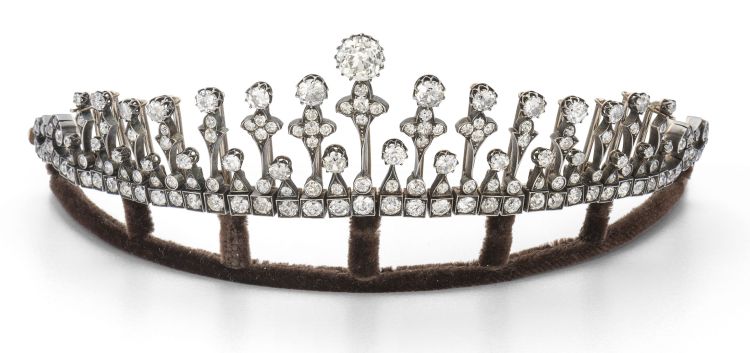
Victorian-era jewels (1837 to 1901)
Coinciding with the 64-year reign of Britain’s Queen Victoria, this period was one of great change, encompassing the Industrial Revolution and the invention of the electric light bulb, among other things. Victorian jewelry reflects these changes; toward the latter half of the era, jewels started being produced by machine, and the advent of electric light meant they sparkled and glowed differently than in the past. Meanwhile, the discovery of diamonds in South Africa meant designs began incorporating more of them. Several dealers say Victorian jewels have a strong appeal among contemporary women.
“Self-purchasing female clients have a real love of Victorian jewelry,” says Benjamin Macklowe of Macklowe Gallery in New York. “Buying something for yourself that looks contemporary and old at the same time is fantastic for women who work and go out in the evening.”
Ronald Kawitzky of DK Bressler & Co. in New York reports similar popularity. “We never sold so much period Victorian jewelry as we have in the last six months. The best 19th-century jewelry is really and truly timeless. If I showed you a bracelet from 1860, you would have thought it was from 1960. Good is always good.”
Another category that sells is mourning jewelry, which was popular during Queen Victoria’s 40-year period of mourning following the death of her husband Prince Albert in 1861.
“Mourning jewelry seems to appeal to a certain Goth mentality,” Kawitzky says. “It’s a subset of Victorian and Georgian jewelry that is interesting. It appeals to a certain melancholic strain that runs through our society. Black dresses, white and black, and all of that stuff in terms of general societal gloom. There was a time when no one wanted to touch jewelry with someone’s hair in it. Now it’s popular.”
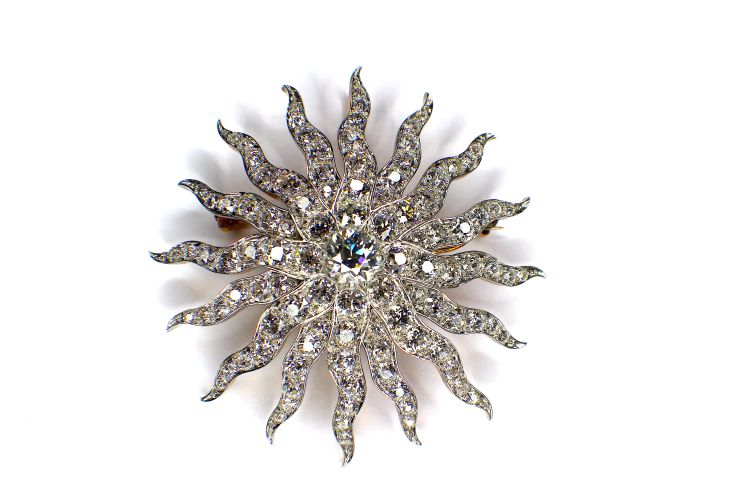
Pieces that make a statement
With many heritage high-jewelry brands now under corporate ownership and turning out repeatable products for the mass market, many people are turning to estate jewels to find one-of-a-kind pieces that make a statement. That’s what Peter Schaffer, director of New York art and antiques dealer A La Vieille Russie, says his clients are seeking.
“They’re not necessarily looking for jewelry with big gemstones,” he says. “For us, that has never defined great jewelry of any period. Instead, we believe the best pieces are those that exemplify the highest level of craftsmanship, utilize material and stones in innovative ways, and are undoubtedly rare.”
Collectors and buyers of vintage jewelry “are looking for pieces that articulate their style, resonate with them and differentiate their taste,” he explains. People who are “buying at this level…want to own something that no one else or very few will also own. Further, when someone acquires a piece with interesting provenance, whether it be a pair of cuff links by Fabergé (who really was not known for his jewelry) or a work that was in the collection of someone who was known for their refined taste and style, this validates their own personal sense of style and taste. It adds another layer of value.”
Macklowe agrees, saying the increased demand for Victorian and Art Nouveau jewelry reflects this desire for distinctive pieces. “These are people who are buying jewelry with an emotional connection that is sustainable and something they are not going to see on other people.”
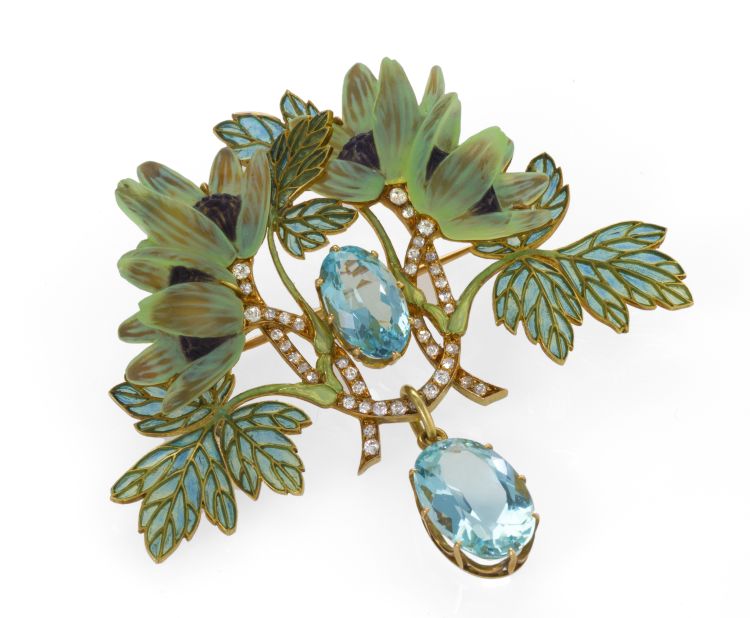
Brooches, pendants, earrings
One item making a comeback is the brooch. Women and men alike are taking to the jewel as a means of expressing contemporary individuality with an antique look.
“The brooch is perfect for a bit of sparkle in the winter months and adding personality to the winter coat,” says Ilias Kapsalis Skoufos, assistant store manager of Bentley & Skinner in London. “[As it’s] such a versatile jewel, we are seeing people wanting to wear brooches at the top of a collared shirt, on hats, at the waistline of a wrap dress, and even in the hair.”
Ioannis Alexandris of Gemolithos in Munich, Germany, also notices this versatility. “Brooches are being turned into pendants, particularly in the United States,” he says. “Pendants are…a very easy piece of jewelry to wear. Earrings are very much at the forefront: big earrings from the 1980s, long earrings from the Art Deco period, and anything that can be worn during the day.”
When it comes to brooches, earrings and similar jewels, Schaffer says people are looking for two things: top quality and adaptability.
“With vintage and antique brooches from the late 1800s to the early 20th century, people are buying works that were considered the best at the time by some of the greatest jewelers of the period. These are, for the most part, commissioned pieces that represent the best in terms of beauty, quality and craftsmanship,” he says. In addition, “what we have heard from a number of our clients is that their vintage and antique pieces are easily adapted from day to night…. There is a sense of fearlessness with wearing, say, a pair of opera cap earrings that by day look like unassuming gold earrings and at night can transform [into] a show-stopping pair of dangling diamond studs.”
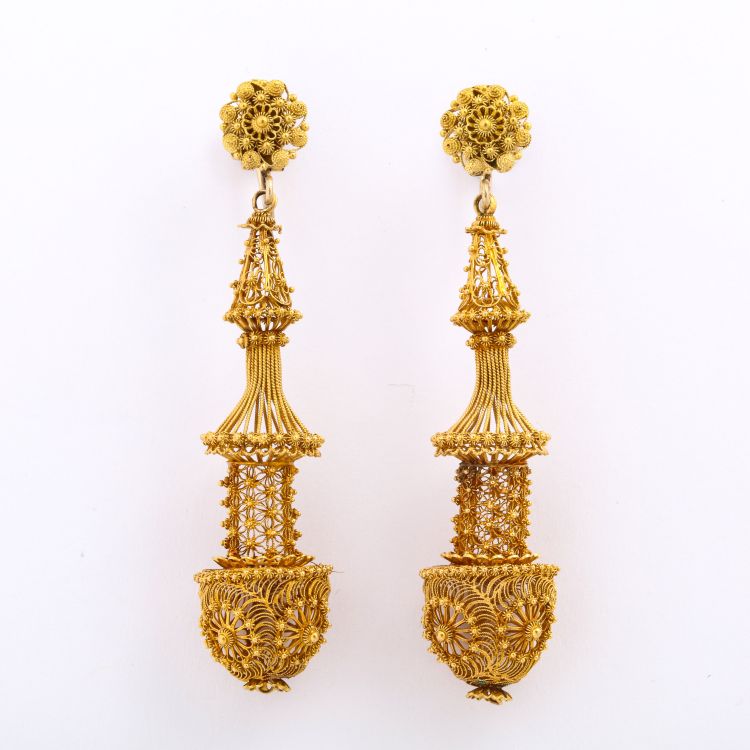
Men’s jewelry
If the red carpet is any indication, there is increased interest in traditional men’s jewelry. Cuff links and stickpins are now commonplace among celebrities at these high-profile events. Brooches are appearing as well, particularly at the most recent Oscars: Actor Timothée Chalamet wore a vintage Cartier brooch on top of his bomber jacket, while Antonio Banderas sported a diamond brooch on his lapel. And of course there’s actor Billy Porter, who dresses up in jewels for every important red carpet event.
Many fashion houses and jewelry brands have been increasing their men’s collections. Among them is David Yurman, whose Petrvs Bee signet pinky ring, custom Streamline cuff links, and tsavorite crystal amulet adorned actors Brad Pitt, Leonardo DiCaprio and Mahershala Ali, respectively, at the
2020 Oscars.
Indeed, award shows and high-profile Hollywood premiers are particularly influential, Schaffer notes. “Cuff links go in and out, but they are absolutely back in. Over the decades, our wardrobes and styles, especially for evening wear, have become less formal, leading to jewelry taking on a greater role…. Jewelry is no longer just added as enhancement or to accessorize; instead, cuff links, stud sets, and brooches are being worn to be noticed and often take center stage.”
Skoufos says men are requesting this bit of flair. “Gentlemen’s stick pins and cuff links immediately add style, personality and even a sense of fun to the everyday rigid formality of the suit.”

Mid-century styles
As we enter the second decade of the 21st century, jewels from the middle to the latter half of the 20th are becoming more desirable among collectors, particularly jewels from the 1940s and ’50s through the ’80s.
Retro jewelry (roughly from the ’40s and ’50s) “is making a comeback but not back in the high style as it was in the past,” says Kawitzky, adding that those buying it are sticking with classic pieces from name brands like Cartier in conservative styles.
“Clients are showing less confidence with creative things, playing it safe. I think it’s in response to the general insecurity of the world today.”
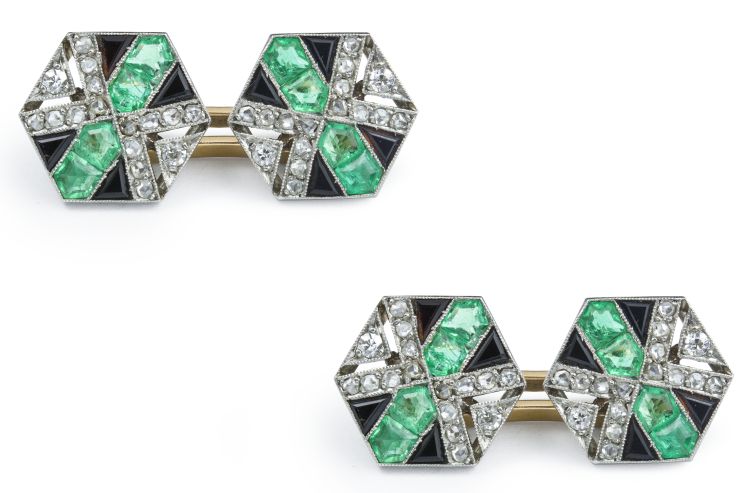
Kawitzky has also been collecting the works of London jewelry designer Andrew Grima — who was extremely popular in the 1960s and ’70s — and several of his contemporaries, since he anticipates that prices will rise for these jewelers. Pieces by well-known modern artists are another niche he expects to be more valuable in the future. His collection includes jewels by Salvador Dalí, Anish Kapoor and Pol Bury.
“As a dealer, I try to buy ahead of the curve, determining what will come, so I can buy at a better price,” Kawitzky says.
Meanwhile, Alexandris finds that jewels from the 1960s “and curiously the ’80s are coming back, especially earrings, simple necklaces and bracelets. These are mostly the things I’m seeing that people are looking for.”
Bulgari and Cartier styles were iconic in the 1980s, and Alexandris says clients are requesting pieces from these two high-jewelry houses.
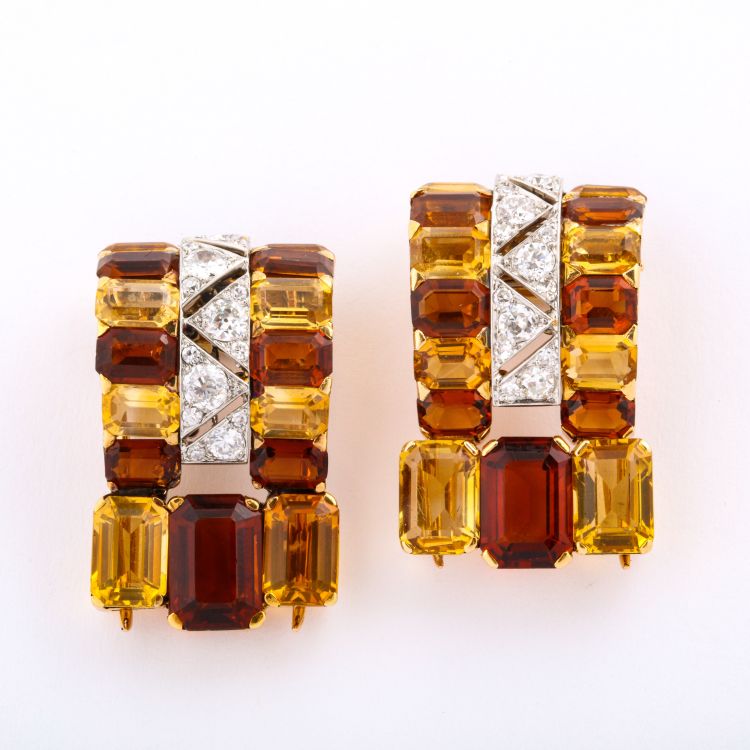
Main image: Cartier turquoise and diamond earrings. Image: A La Vieille Russie.

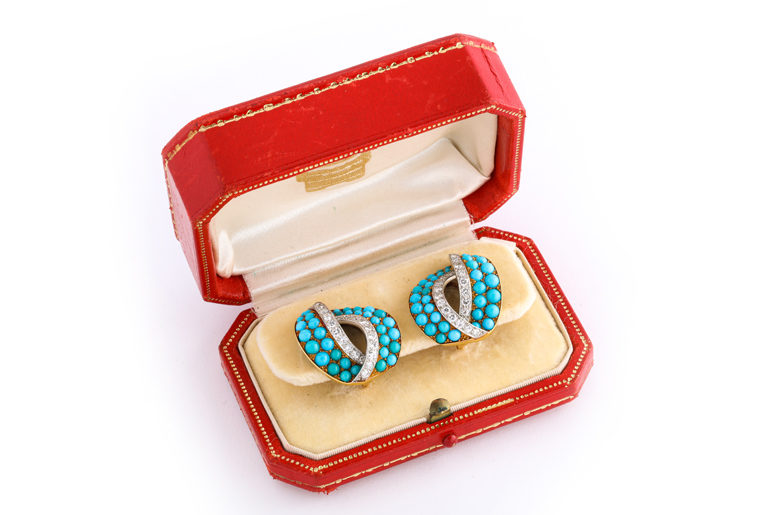
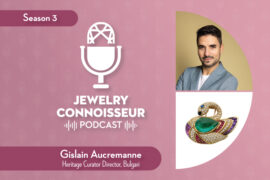
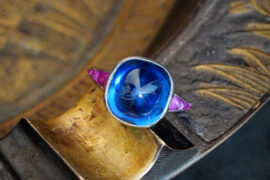

1 Comment
Hi everyone, it’s my first go to see at this web site,
and paragraph is truly fruitful in support of me, keep up posting these articles or reviews.